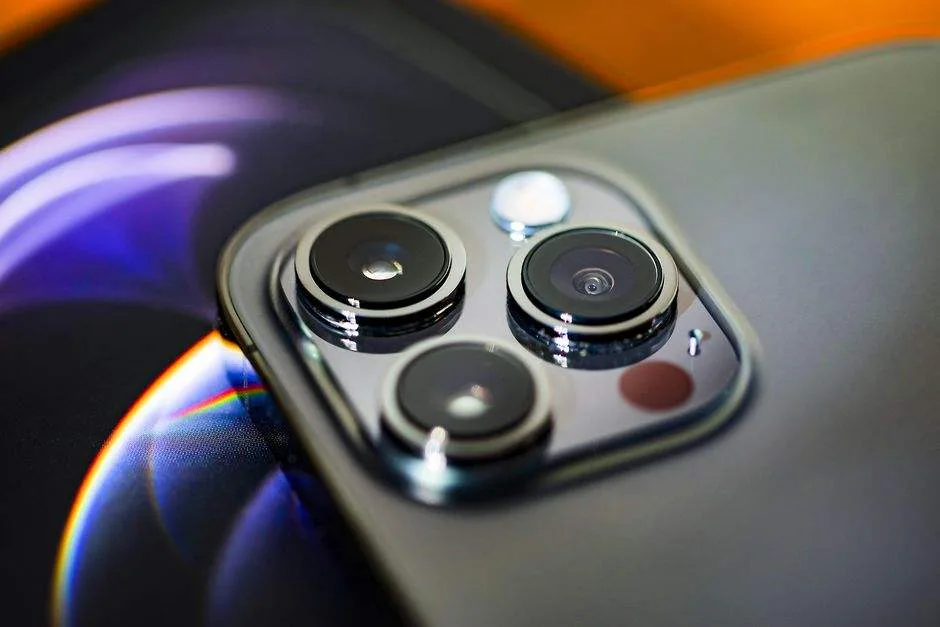Apple’s upcoming iPhone 13 might possibly have the functionality to utilise satellite signals in order to send text messages in areas without normal mobile coverage, but at first, those messages will reportedly be limited to emergencies only. Industry analyst Ming-Chi Kuo told investors last week that Apple’s next iPhone will be able to tap into the signals of low-Earth-orbit satellites.
As of last Monday, Bloomberg is reporting that the new iPhone 13 phone will only be able to use those signals to text emergency services, emergency contacts or report a crisis.
For this Kind of technology from Apple to be Possible, Mobile operators will have to go for partnerships with satellite technology companies like Globalstar to use services their customers using the iPhone 13 mobile Phone. It sounds lame, but Apple does what it does best in most of its smartphones.
The proof is how many people love Apple products. Why should iPhone 13 fail at this?
Globalstar shares shot up more than 40% at one point. Shares in satellite companies Iridium and AST SpaceMobile also rose, more than 9% and 4%, respectively.
That raised some eyebrows, rightly so.
Globalstar declined to comment to Fierce, citing long-standing company policy not to comment on rumors implicating Globalstar.
Mobile analysts are disputing rumors that Apple’s “iPhone 13” could support direct satellite communication, claiming a custom chip would instead improve existing 5G connectivity.
In a recent research note, Apple analyst Ming-Chi Kuo forecast that the “iPhone 13” lineup could come equipped with a customized Qualcomm chip that could allow for “low-earth orbit satellite communications.” Kuo appears to base his prediction on Qualcomm’s work with Globalstar.
However, some mobile analysts and communication experts are disputing the theory that the “iPhone 13” could feature satellite communications for use when Wi-Fi or cellular service isn’t available.
When the subject of Satellites, or anything that concerns outer space, is brought up, it is pretty normal to think of Elon Musk and his company Space X. If what Ming-Chi Kuo claims to be accurate, Elons StarLink company would be ideal for the job. However, Ming-Chi Kuo claims that it is Globalstar that has found Favour in the eyes of Apple. Elon would have worked with Qualcomm on its awaited baseband Processors
Cybersecurity expert Robert Graham also pointed out “iPhone 13” models could use the 2.4835 GHz to 2.4950 GHz band, which is the “upper half” of Wi-Fi’s channel 14. Most countries don’t use that band for Wi-Fi — it’s typically assigned to GlobalStar for downlink satellite communications.
The use of satellite technology is a great idea. It will be especially helpful when you find yourself in the dreaded situation of an emergency without general mobile phone data or a blackspot. This could very well be not only be a technological advancement. But a life saving technology also.
The last interesting note that we found coming out of all this. Is the possible inclusion of satellite technology and the removal of touch ID connected in some way? Could this be why touch ID was removed?
Apple is planning to debut the latest smartphone as early as the middle of next month. Beyond the possible satellite functionality, the company plans to include a narrower display cutout with an updated Face ID system and a faster processor







